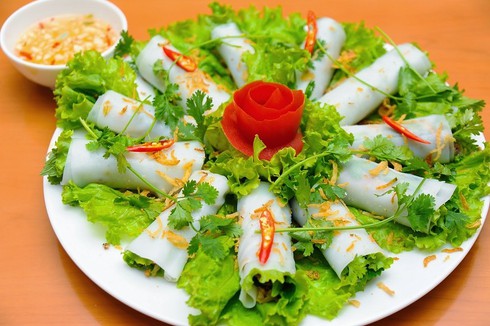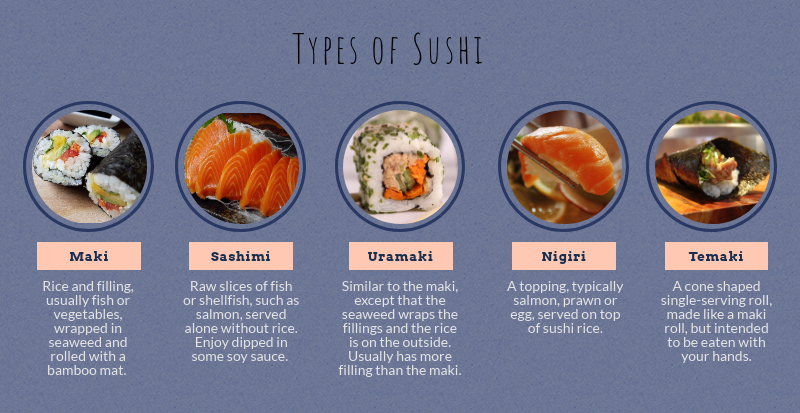In Vietnam, cacti, often perceived as prickly plants to be avoided, have taken on a remarkable role as a beloved and nutritious food source. They are not only celebrated for their unique flavors but also esteemed for their potential health benefits.
A Unique Vietnamese Delicacy
Vietnam is renowned for its unique cuisine, which never fails to intrigue food enthusiasts and adventurous eaters. Among the country’s culinary wonders is the unassuming cactus.
Contrary to its typical association with arid desert landscapes, cacti have found an unexpected niche in Vietnam. They thrive in the wild and are cultivated for ornamental purposes in regions like Quang Nam, Quang Binh, Binh Thuan, Binh Dinh, and Khanh Hoa.
What sets Vietnam apart is its culinary innovation—cacti are not merely ornamental but are also cherished as a food source. These succulent plants are transformed into delectable dishes that have garnered popularity nationwide. Typically priced at around 25,000 VND per kilogram, equivalent to approximately 16,000 IDR, these dishes have become a staple of Vietnamese cuisine.
Varieties and Preparation
Two cactus varieties have gained popularity in Vietnam due to their exceptional taste and health benefits: the “rabbit ear” cactus and the spiky pear cactus.
Working with cacti can be a thorny task, necessitating careful handling to avoid their sharp spines. The preparation process is relatively straightforward:
Remove the spines from all four sides of the cactus pad.
Separate the thin outer membrane.
Slice the cactus pad thinly.
Cook for approximately 5 minutes, or until the cactus turns yellow, signifying that it is fully cooked.According to Eva.vn, in regions like Quang Nam and Quang Binh, the “rabbit ear” cactus has been a dietary staple for years. It is transformed into dishes that are not only delicious but also uniquely flavorful and nutritious. The cactus boasts a refreshing, slightly acidic taste and a pleasantly chewy texture.
Once considered a food for those with limited means, cactus dishes have evolved over time, gaining recognition for their distinctive and appealing flavors. What was once a rural specialty has now become a regional delicacy.
Cactus Culinary Creations
One of the most popular cactus dishes is cactus salad. Thinly sliced cactus pads are combined with fresh ingredients such as tomatoes, red onions, and cilantro. Beyond salads, cactus is sautéed with garlic and incorporated into soups and noodle dishes, elevating the overall flavor profile.
Scientific research suggests that consuming cactus leaves offers a range of health benefits, including cholesterol reduction, cancer prevention, brain cell protection, diabetes management, digestive system enhancement, and anti-inflammatory properties.
Beyond Vietnam
While cactus consumption thrives in Vietnam, its popularity is not limited to this Southeast Asian nation. Cactus-based dishes are also enjoyed in Latin America, particularly in countries like Mexico, where cacti are a significant part of the culinary tradition.
In conclusion, Vietnam’s culinary ingenuity has transformed cacti from thorny plants into delightful dishes that not only tantalize taste buds but also offer potential health benefits.
Cacti have transitioned from their typical role as prickly desert flora to become a delightful addition to Vietnamese cuisine, embodying the country’s willingness to embrace unconventional yet delicious food sources. Whether you’re an adventurous foodie or a health-conscious eater, Vietnam’s cactus dishes are certainly worth experiencing.




